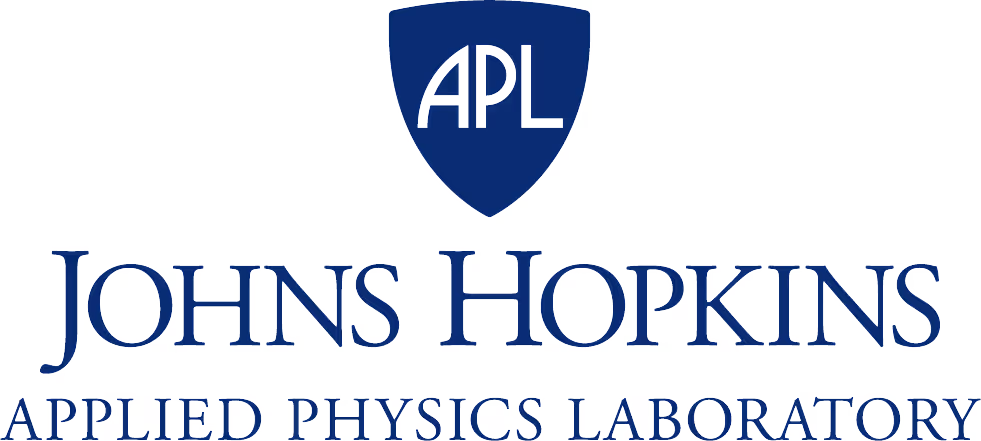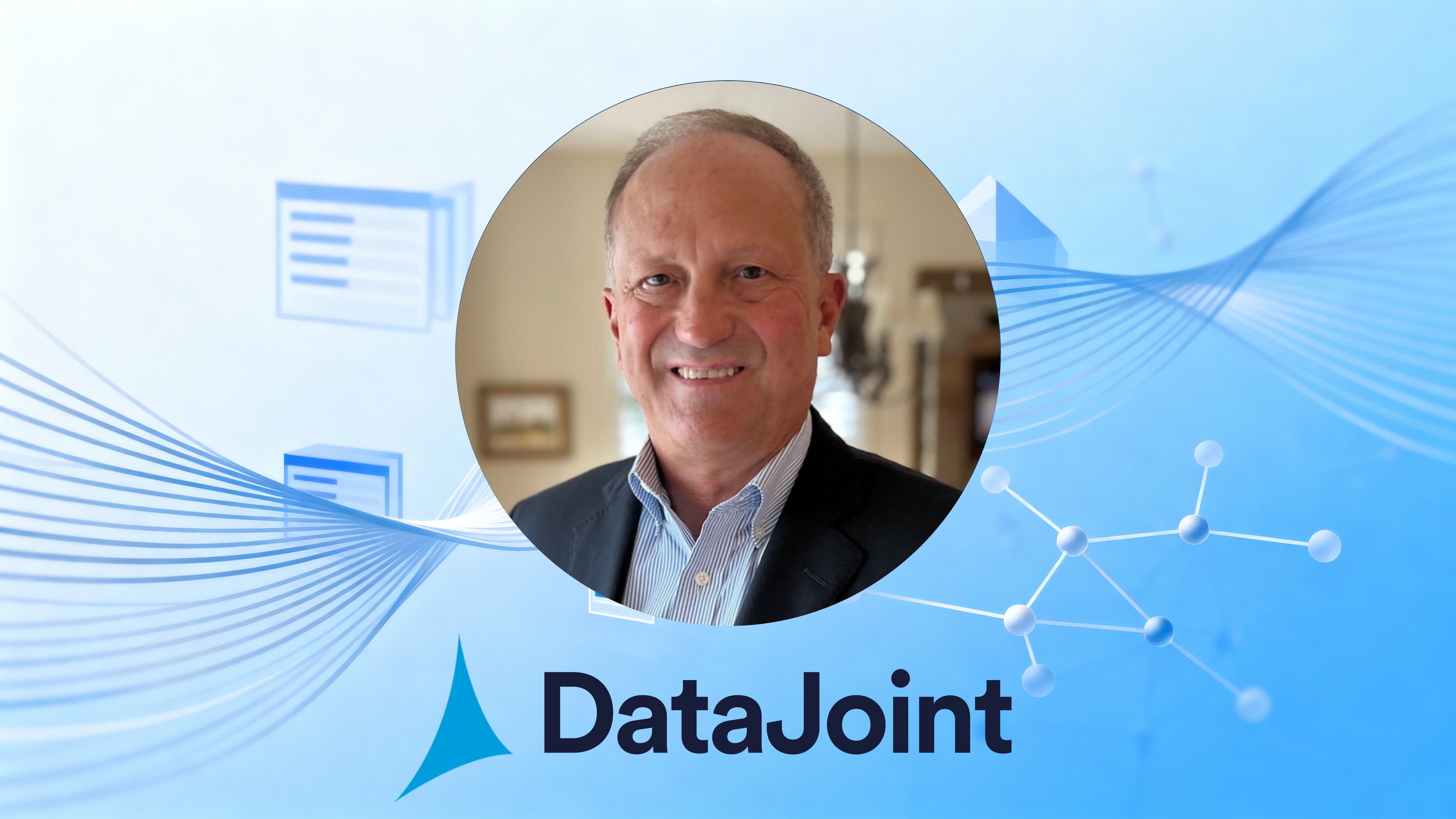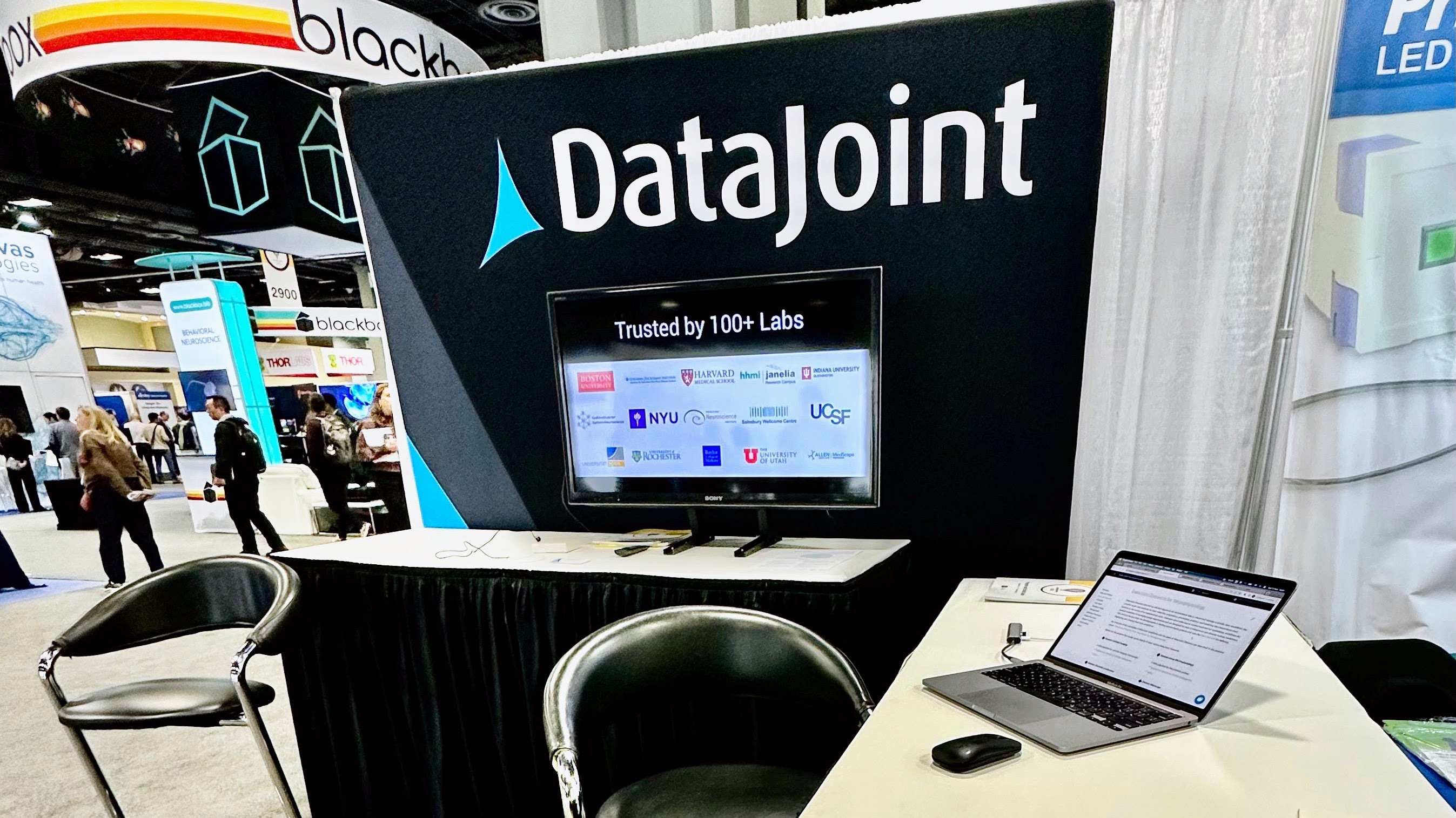*Structure Your Science.* Multiply Your Impact.
Combining instruments, code, data, and computation into automated workflows — transparent, reproducible, and AI-ready.
.png)


Trusted by Premier Research Institutions
Leading labs choose DataJoint to manage their most complex and valuable data.

































The Foundation for *High-Impact Research*
Maximize Scientific Impact
Deliver results faster and take on research you couldn’t do before.
Streamline Research Ops
Replace ad hoc processes with structured, automated workflows.
Ensure Process Integrity
Build research that stands up to scrutiny — usable, understandable, and ready for AI.
Validated Workflows for *Specialized Domains*
Systems Neuroscience
Integrating physiology, imaging, microscopy, optogenetics, motion analysis, behavior, histology, morphology, multi-omics, EEG/EMG, and more.
Biomedical Moonshots
Stable, scalable infrastructure for science that spans decades, discipllines, and institutions.
Oncology
With DataJoint, research teams are unifying their data, applying AI, and acting faster on what they find.

Blog
Recent Insights



News & Announcements
November 12, 2025
Welcoming John Apathy to the DataJoint Team as Strategic Advisor
DataJoint welcomes industry leader John Apathy as Strategic Advisor to advance AI-powered transformation in life sciences research.



Community & Events
November 12, 2025
DataJoint at SfN 2025
From MICrONS to the Future of Neuroscience Data



Community & Events
November 11, 2025
DataJoint at the PharmStars PharmaTech Innovation Summit
Advancing Trusted, AI-Ready Science in Biopharma R&D
Get Started with *DataJoint*
See how DataJoint can help your lab move faster, stay organized, and advance your scientific aims — with less effort and overhead.

.svg)


.avif)

